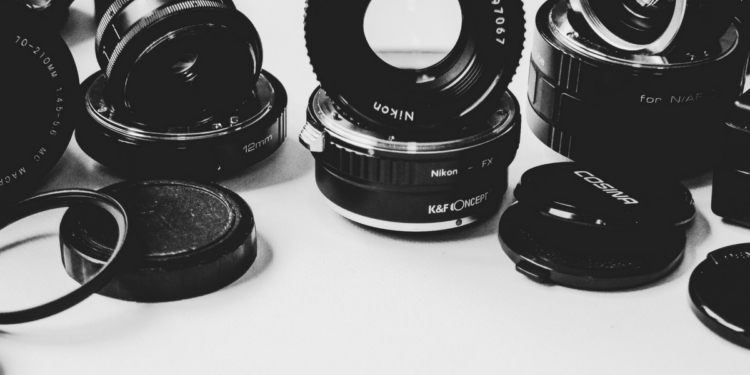
So you’re incorporating more images in your social media strategy – that’s great! Not sure how to get started? These nine best practices for social media photography are a good place to begin.
Nine Best Practices for Social Media Photography
Landscape not Portrait
Landscape photos and videos are better suited for posting on social media platforms. This is especially true if you’re using a mobile device rather than a high-quality camera it can be very difficult to zoom and crop the frame. If you do nothing else, make sure your social media photography is landscape. You’ll thank us when it’s easier to crop your images.
Quality over Quantity
It is best to post 5 – 7 interesting and story-telling photos that capture the event, subject or product. Users tend to lose interest after 10 posted photos, so it is good to use a variety. These photos should be clear, good resolution images – don’t post pictures that are dark or blurry! Social media photography isn’t about documenting EVERYTHING, it’s about strategic storytelling so make sure you prioritize quality over quantity.
Don’t zoom
If you are using a smartphone, it is best to get closer to the subject as opposed to zooming, as this can cause the picture to turn our grainy or blurry. Only zoom if you are using a professional grade camera.
Use the rule of thirds
The rule of third sis to break down an image and visualize it in thirds, both with horizontal and vertical lines. This gives you 9 imaginary boxes on your proposed photo. The 4 most inner lines on your grid are your guides for placing focal points in your photo. When taking a photo with an iPhone, the gird lines automatically appear on the camera screen.
Natural light
Smartphones aren’t great with lighting, so to compensate for this make sure you take photos near natural light. Going outside is a great option, but if you need to shoot indoors, shoot near a window. However, you don’t want to shoot directly into the window or your photo will be too bright. Instead, put your subject off to an angle and take the picture with your back to the window.
Using the flash isn’t a good idea either. The flash in your smartphone isn’t great, and may cast a yellow light or shadows over your subject.
Online editing tools
Pixlr Editor, GIMP and Adobe Photoshop Express are all great options to help edit your photos. These programs are free and easy to use for first timer editors. If you’re trying to edit from your phone, try Aviary, Snapseed, or VSCO. Many
Use a creative but simple background
When you are taking a photo, the background matters. Avoid unflattering intersections created by windows, doors, seams, etc. These can distract from the subject and ruin the composition.
Background ideas:
- Go outdoors and find a clear, colorful, or bright background like the side of a brick building
- Place products on wooden tables, floors, or cutting boards
- Find a colored wall, stone, tiles, or rock walls to shoot in front of
Add props
Adding a prop to your picture can create a more interesting and dimensional image, but it is important to make them relative to the story you are creating. Think about how a customer uses your product to come up with prop ideas.
Take candid shots
Candid shots of your subject, product or event are often far more interesting because they more effectively capture the emotion and essence of the moments. One of the best ways to capture an interesting candid shot is to take a lot of photos.
In Summary
Adding rich media to your social media strategy is a great idea, and with these nine tips and tricks you’ll be sure to get started on the right foot. Now that you have the basics of social media photography under your belt, check out this post explaining what graphic sizes to use for each social media platform.
To see if your needs align with our skills; tell us a little about your brand.
